The land of Vinh Linh, a land of charming rivers and water, a carrying pole connecting the two ends of the country, is a blend of cultures with graceful and lyrical folk songs. That is the source for Vinh Linh to have profound songs that captivate people's hearts and last through the years.

Cua Tung Town, Vinh Linh is increasingly prosperous - Photo: NGUYEN XUAN TU
Compared to the musical compositions about the places during the anti-American war, the songs about Vinh Linh are superior in quantity and quite perfect in quality. Compiling and listening to these songs, we will have a chronicle in sound art about Vinh Linh, the steel citadel.
Many songs have become familiar to compatriots in the country and Vietnamese people abroad. Since 1954, Vinh Linh has had a special place in the hearts of the Vietnamese people. Therefore, throughout the country, many musicians have written about Vinh Linh such as: Hoang Van, Phan Huynh Dieu, Hoang Hiep, Doan Nho, Trong Loan, Dinh Thin, Thai Quy, Lu Nhat Vu...
After the Geneva Agreement, the country was divided into two regions, with the 17th parallel as the boundary, and the Hien Luong Bridge - Ben Hai River as the temporary military demarcation line. Vinh Linh became a special zone with a special position; an outpost of the socialist North; the direct rear of the Southern revolution. The Geneva Agreement stipulated that after 2 years, the North and South must hold a general election to unify the country, but the Saigon government sabotaged this general election because at that time, over 80% of the country's population supported the Ho Chi Minh Government.
And because of that, they only allowed the people of the two regions to exchange feelings through public cards with only two lines of text, and not to write long letters and seal them. The song “Love in the Cards” (1955) by musician Phan Huynh Dieu was born under those conditions.
The postcards with a few short lines sent across Hien Luong bridge were expressed in a very touching song and filled with the love of the couple but in fact the love of our entire nation in a special historical situation after the Geneva Agreement: Holding this card, my heart turns to the South/ Even though it is so far away, my love/ will never fade for a thousand years/ Your image is in my heart in our common love/ Tomorrow, when the North and South are reunified, everyone will rejoice/ The love of birds flying back to the South will erase the days/ My heart longs and misses to welcome you tomorrow/ I wait for you to come back with me so that the rice will be golden .
Also in the year of composition with the song "Love in the Leaf" (1955) by musician Phan Huynh Dieu, there was the choir "Cua Tung Waves" by Doan Nho: The unified song/ Echoes everywhere from North to South/ Feet follow, hearts filled with joy/ Thousands of cheers and congratulations/ The heroic Vietnamese nation/ Hand in hand, thinking in a dream/ Looking at the riverbank, boats and flags .
The chorus bursts with a resounding, heroic, majestic sound of national unity, full and majestic in form, urging and encouraging the aspiration for independence and unity of the Vietnamese people.

Memorial stele of the missile site that shot down the first American B52 aircraft in the North on September 17, 1967 in Ben Quan town, Vinh Linh - Photo: D.T
During the days when the country was divided, poet Thanh Hai wrote these heartbreaking verses: “Separated by just one oar/ But we traveled hundreds of mountains and thousands of passes to get here”. That pain, anguish, and loyalty were also smoldering in many songs born in the early days of the country’s division, such as “Cau ho ben bo Hien Luong” (Hoang Hiep - Dang Giao), “Xa khoi” (Nguyen Tai Tue), “Tren tuyen luong luong Vinh Linh” (Lu Nhat Vu), “Dong Ben Hai tam tinh” by Vinh Cat...
The song "Far Out" was composed in 1961 when musician Nguyen Tai Tue was in the Central People's Song and Dance Troupe, winning second prize (no first prize) in the song composition contest on the theme of national reunification.
For the past 63 years, the song “Xa Khoi” has been included in conservatories and music academies nationwide for generations of students to sing; it has been selected to compete in national competitions for folk and chamber music. And “Xa Khoi” has transcended space and time, being one of the five works for musician Nguyen Tai Tue to receive the State Prize for Literature and Arts, first term, in 2001.
Mentioning the musicians who composed about Vinh Linh during the period of fighting against the US to save the country, musician Hoang Van stands out. He is the author of many famous songs loved by many generations of the public such as "Ho keo phao", "Ha Noi - Hue - Sai Gon", "Tam tinh nguoi sai thu", "Quang Binh que ta oi!", "Bai ca xay dung", "Hat ve cay lua hom nay", "Tinh yeu cua dat va nuoc". Most of his songs are based on folk melodies, of which "Bai ca Vinh Linh" is considered a typical case.
“ Our homeland is Vinh Linh, standing at the forefront of the storms/ Con Co land, the heroic land of the glorious Fatherland/ Boats go out to sea, boats go out to sea/ Day after day, forgetting ourselves in labor/ Ho o... the rice still grows green, bullets and bullets are everywhere/ Hearing the sound of the engine, it seems like hearing the call for revenge/ Tri Thien, can you hear it? Every afternoon, the news of victory stirs the heart of our homeland”. It can be said that “Vinh Linh Song” is truly a complete song, exemplary in all aspects of the art of songwriting, especially songs written about the homeland regions of the country.
Entering the fight against the destructive war of the American invaders, our Party raised the slogan "all for the front, all for victory". Along with that, the resistance music moved in the direction of all to encourage and cheer on our entire army and people to resist. The song written about Vinh Linh, Con Co serves as an "Audio Chronicle" that closely follows each event, faithfully depicting the life, fighting, and labor of the army and people of Vinh Linh, the steel fortress.
In order to promptly commend the heroic fighting spirit of the cadres and soldiers on Con Co Island, from 1965 to 1968, beloved Uncle Ho sent letters of inquiry and encouragement three times. And musician Trong Loan also immediately wrote the march “Gui Con Co anh hung” based on folk songs and Quang Tri folk songs, bringing a new creativity to the Vietnamese march when incorporating the sound of folk songs into this rhythm. In addition to the song “Gui Con Co anh hung”, Quang Tri people also know the immortal song “Quan reo que me Quang Tri anh hung”, the melody of the song was chosen as the theme song by Quang Tri Radio and Television Station.
In general, the music written about Vinh Linh during the anti-American resistance war to save the country is rich in content and themes; diverse in genre and expressive language. It is truly a call to arms, urging, passionate, profound, full of gratitude, affection and the oath of determination to fight and win of the Vinh Linh army and people in the fierce moments of war. Those achievements have created the premise for the development of Vinh Linh music in the following stages of the history of modern Vietnamese music.
Dung Huyen
Source: https://baoquangtri.vn/vinh-linh-vang-mai-nhung-bai-ca-hao-hung-186624.htm


![[Photo] April Festival in Can Tho City](https://vstatic.vietnam.vn/vietnam/resource/IMAGE/2025/4/10/bf5ae82870e648fabfbcc93a25b481ea)

![[Photo] Unique folk games at Chuong Village Festival](https://vstatic.vietnam.vn/vietnam/resource/IMAGE/2025/4/10/cff805a06fdd443b9474c017f98075a4)


![[Photo] Opening of the 11th Conference of the 13th Party Central Committee](https://vstatic.vietnam.vn/vietnam/resource/IMAGE/2025/4/10/f9e717b67de343d7b687cb419c0829a2)
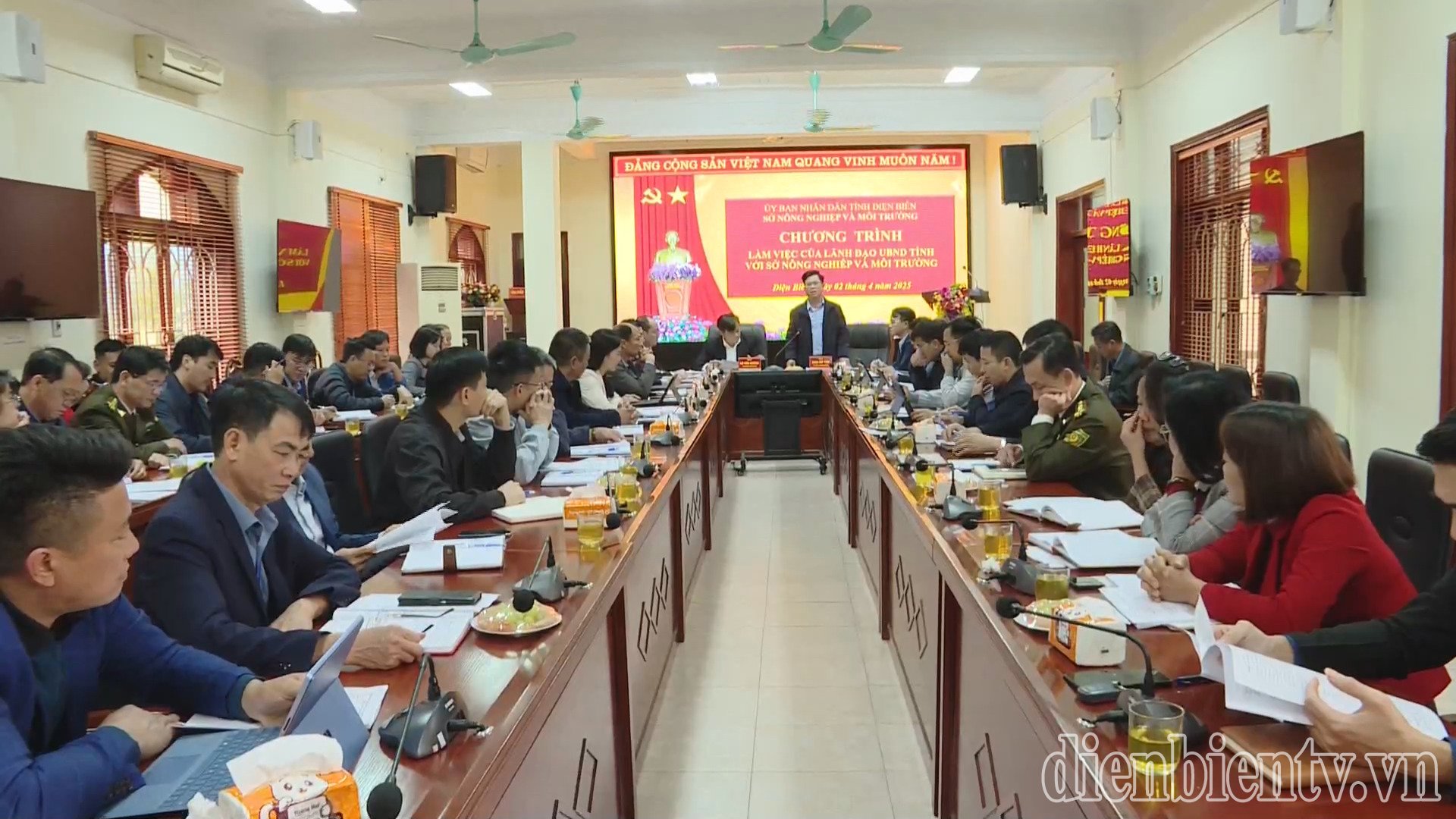


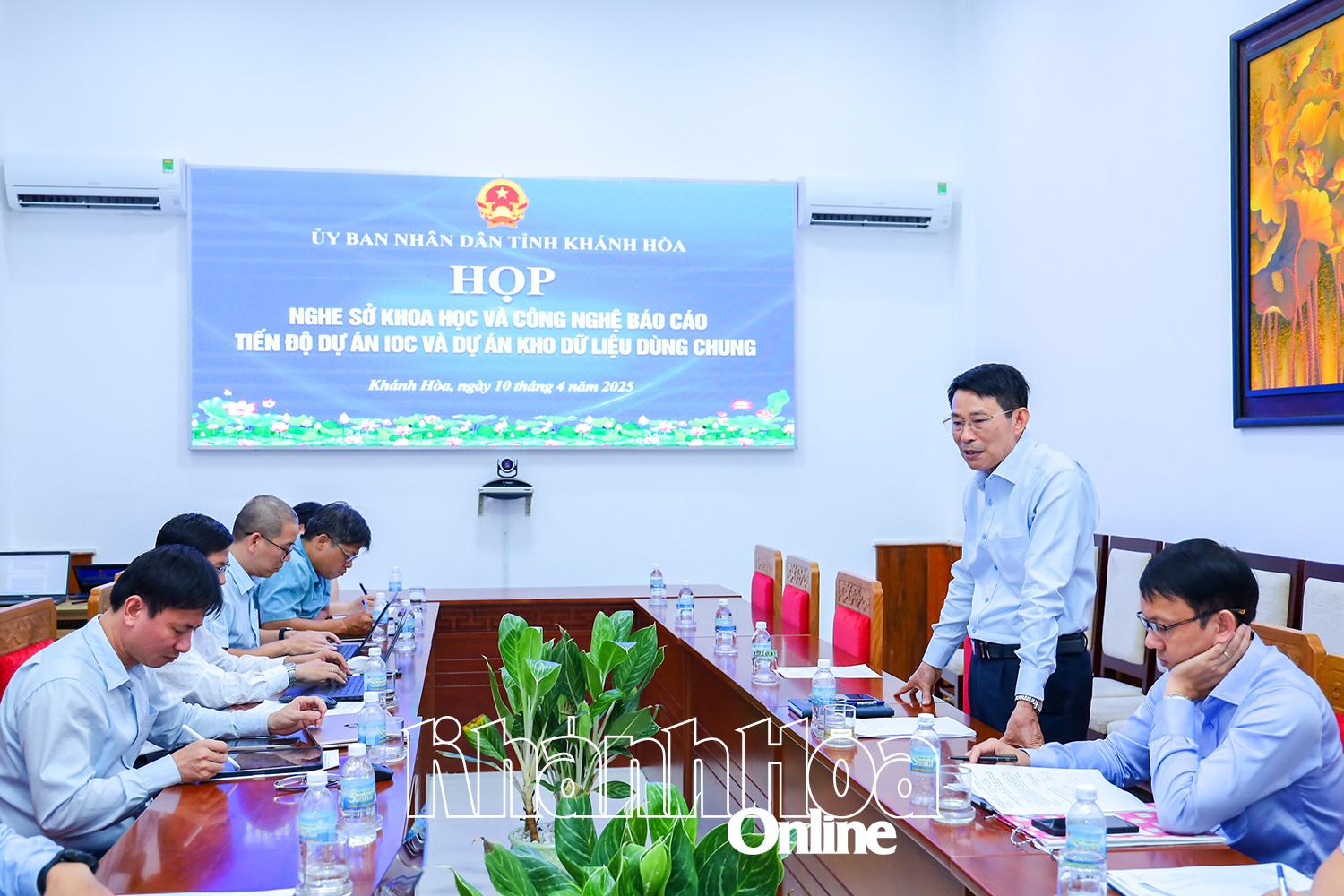
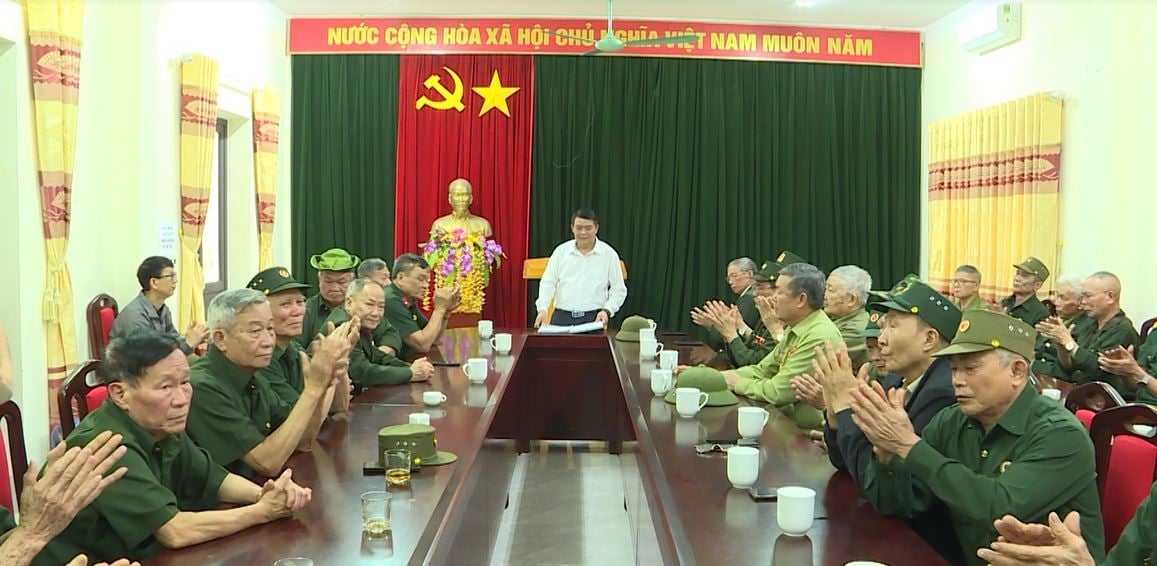
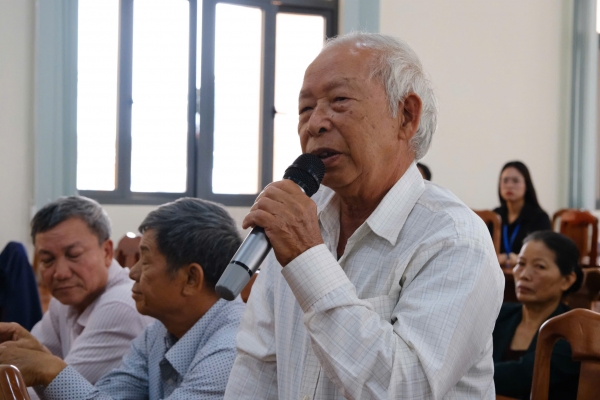
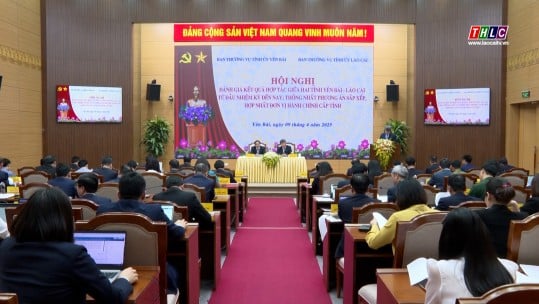
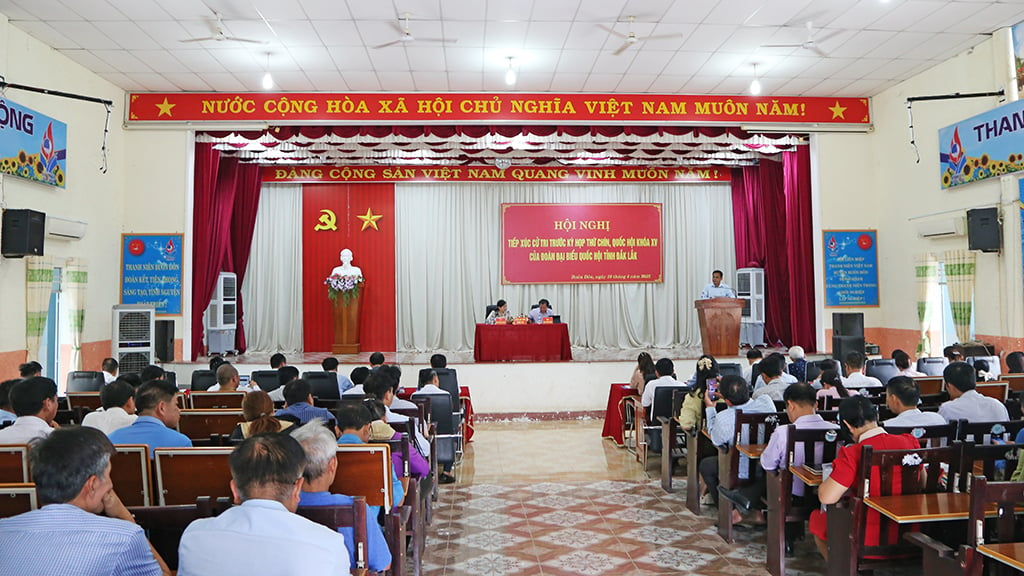
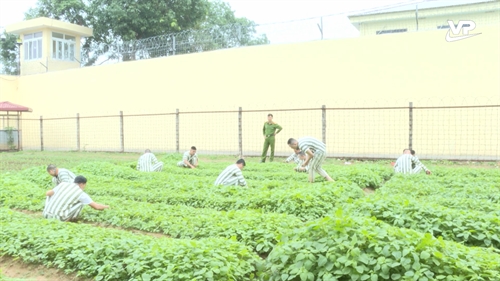
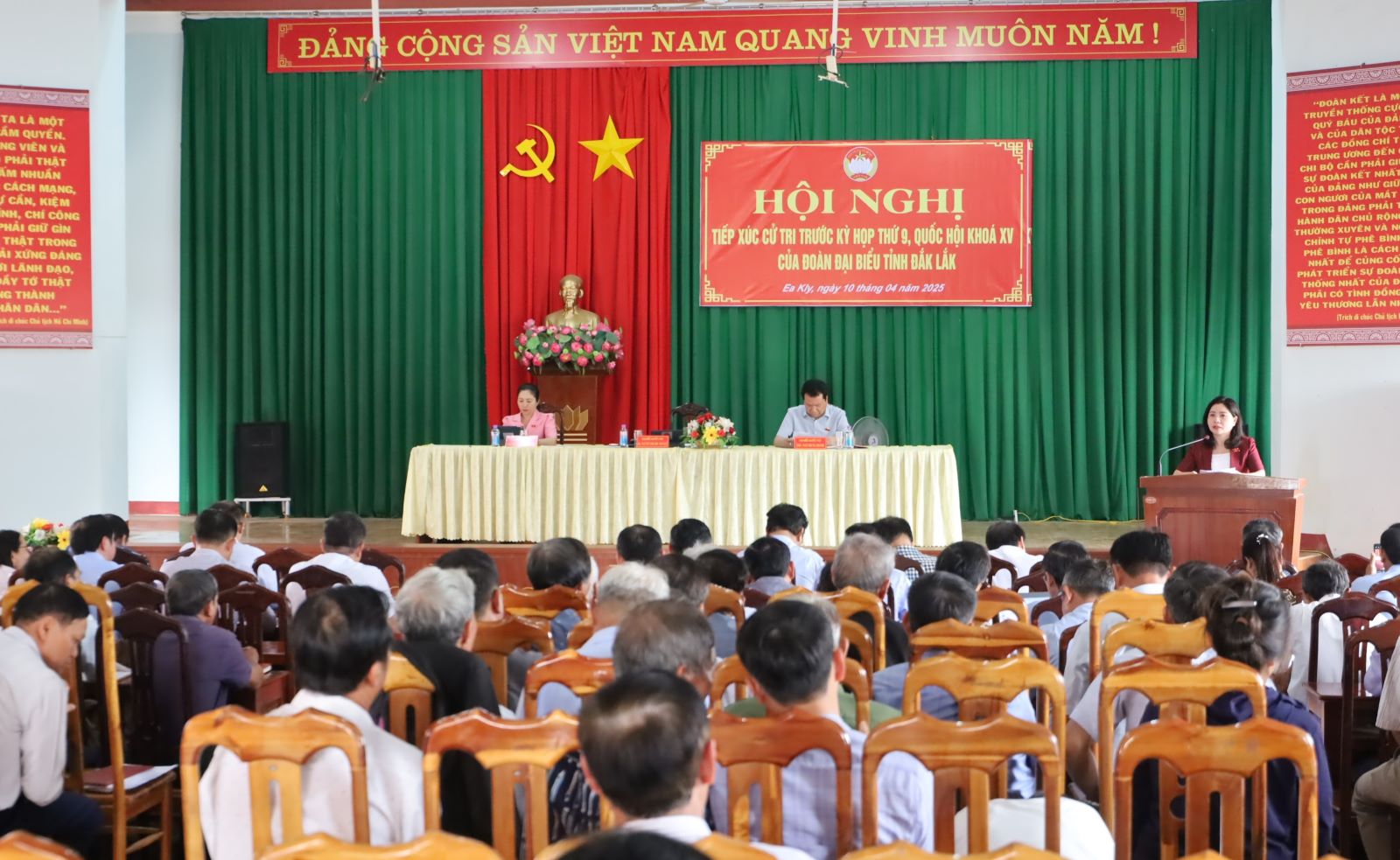
![[Infographic] Diverse activities of the 4th Dong Thap Province Book and Reading Culture Day in 2025](https://vstatic.vietnam.vn/vietnam/resource/IMAGE/2025/4/10/a5f00b7d966a475d891f3c3e528c9a66)





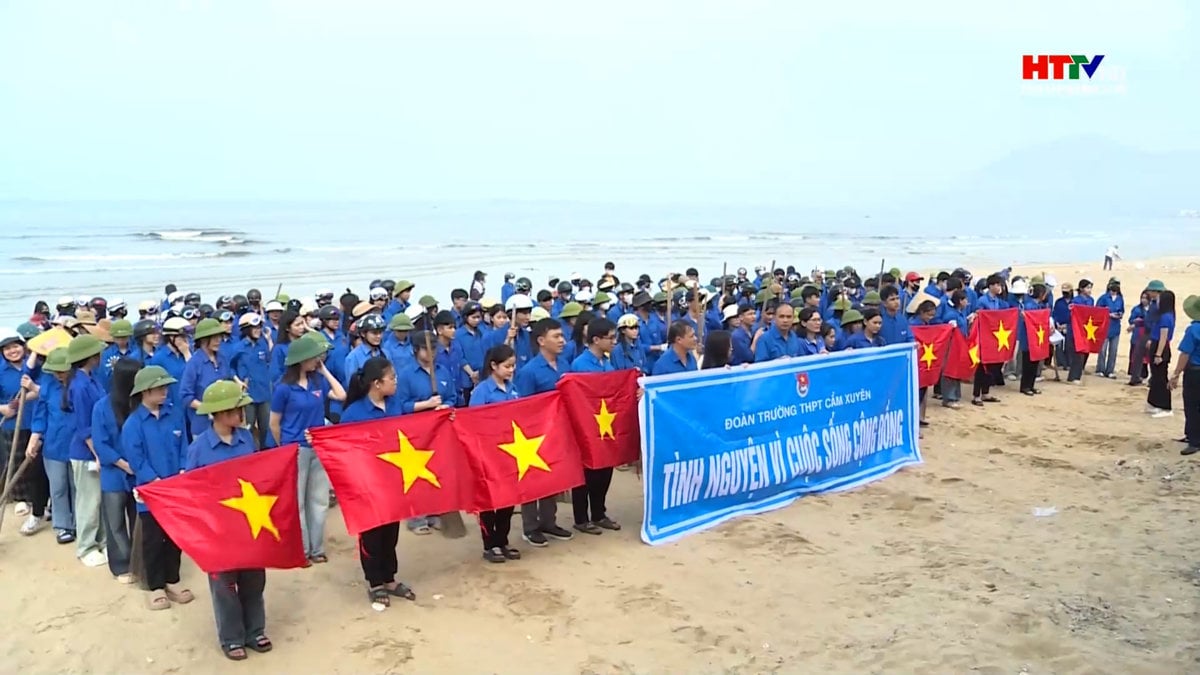
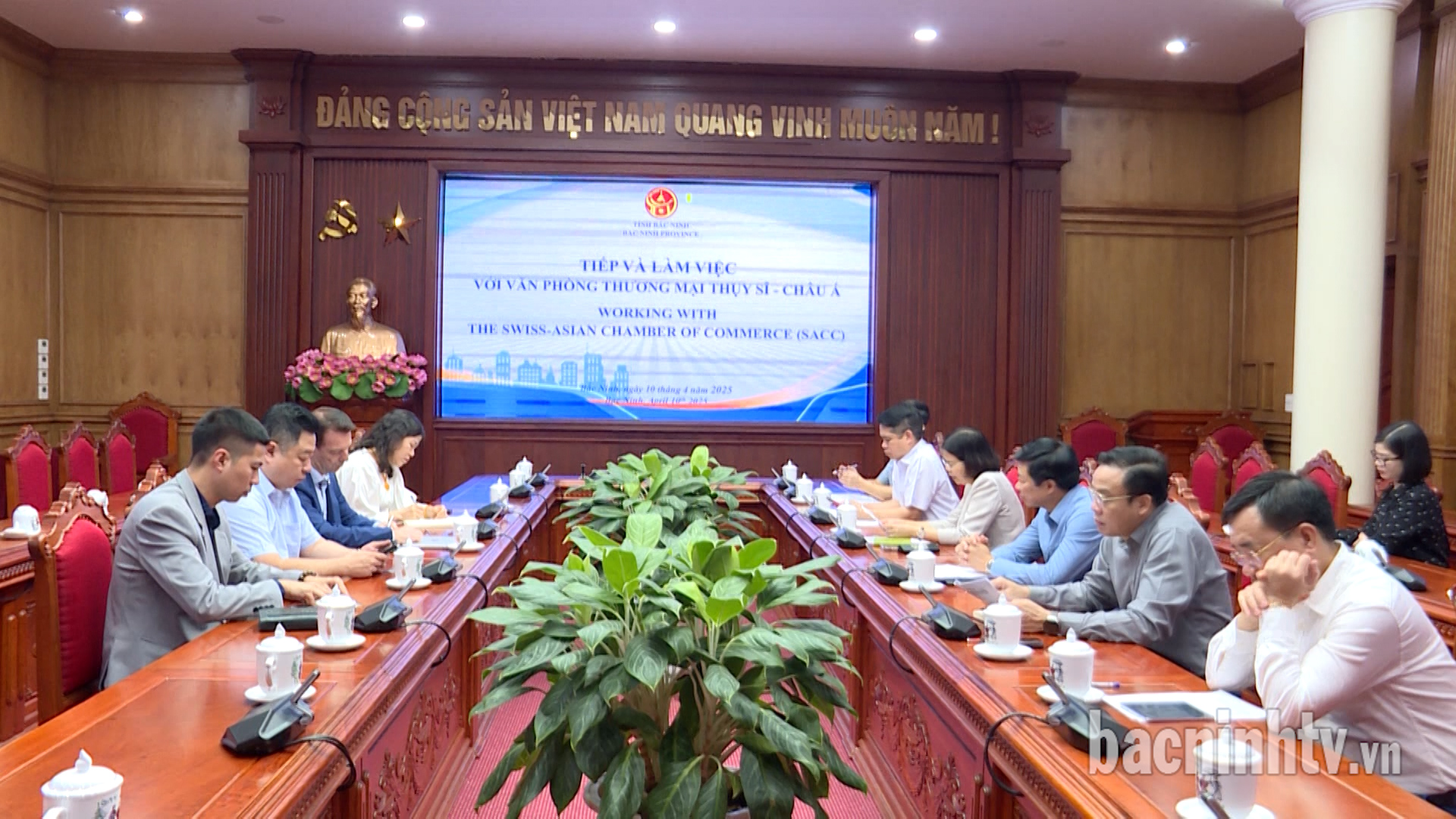
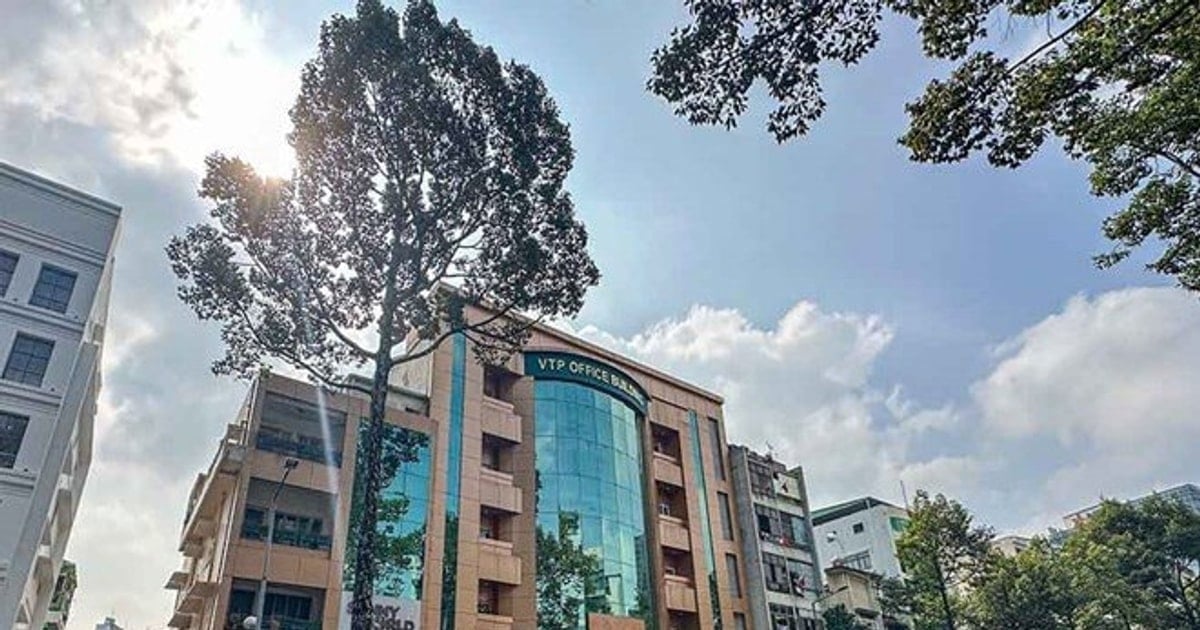
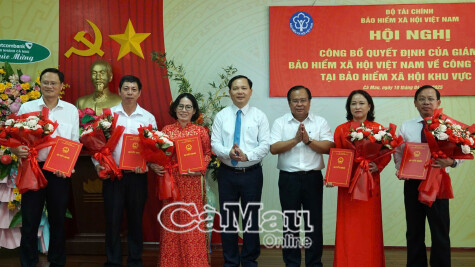

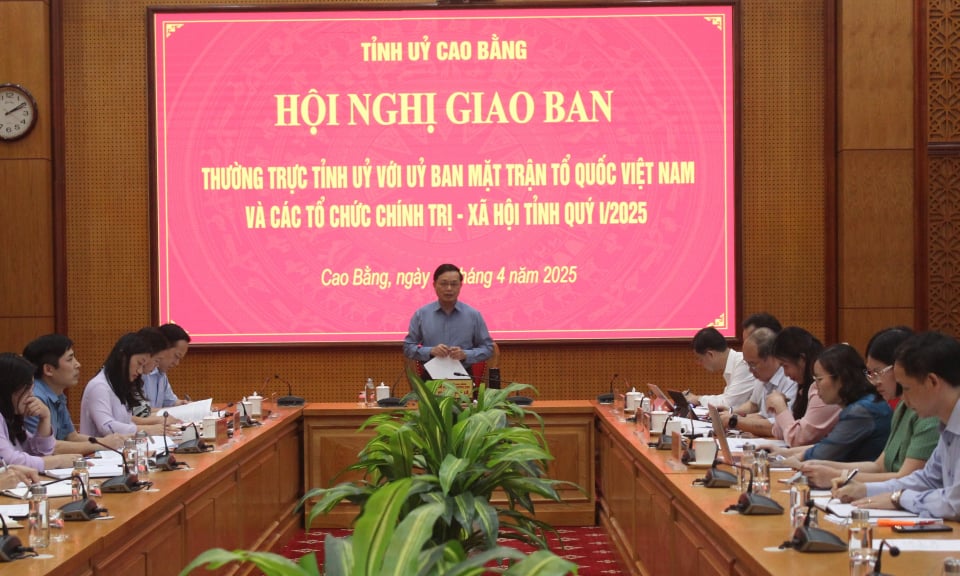





























































Comment (0)